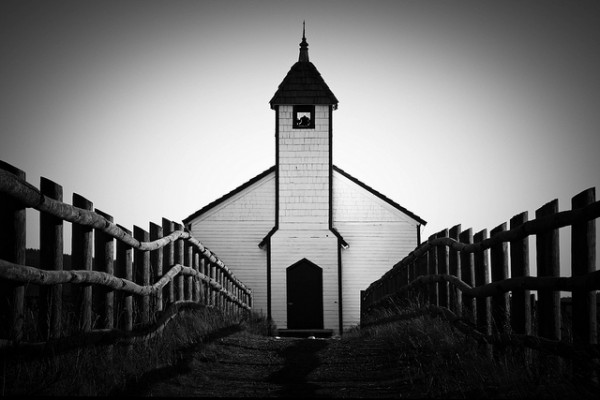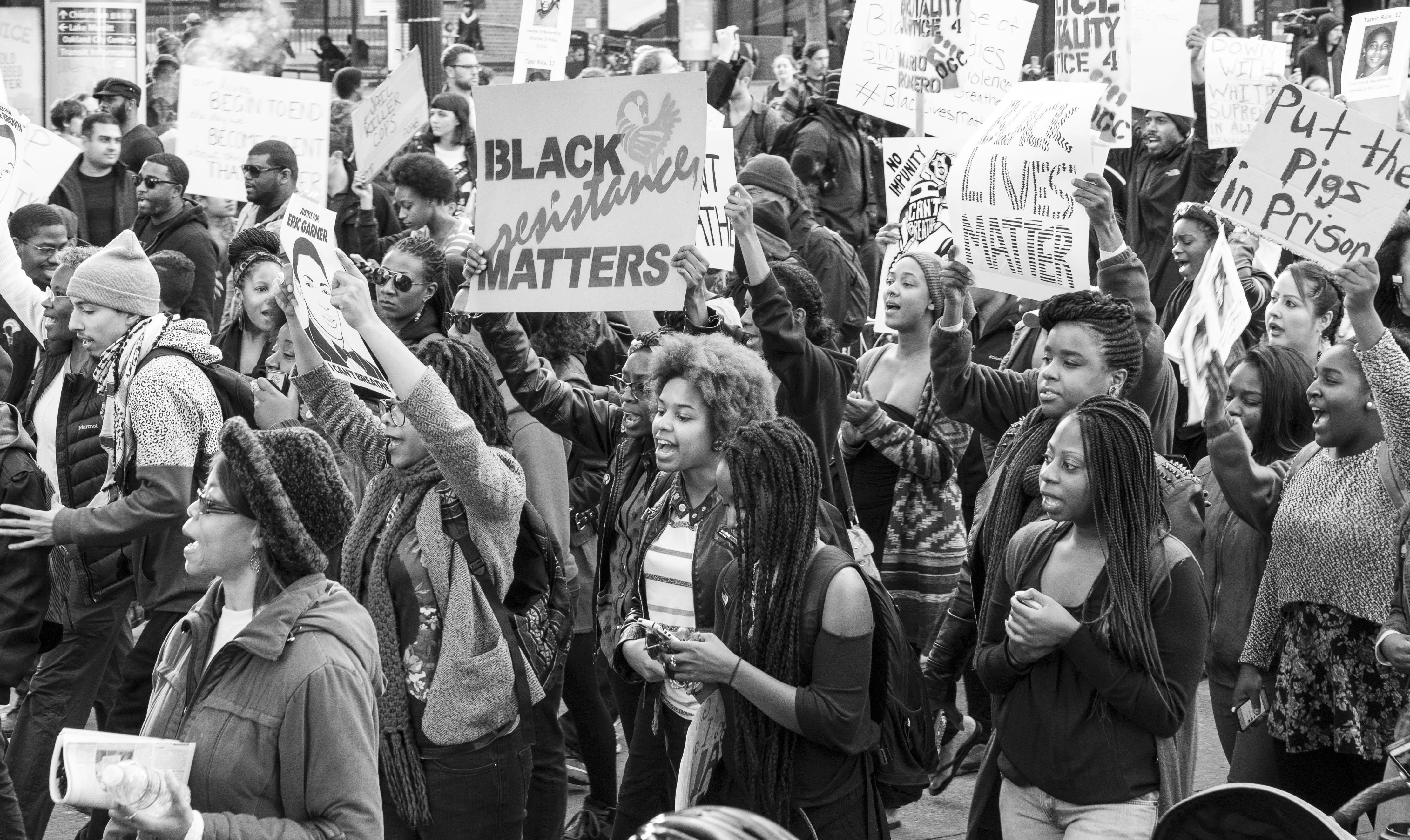Originally published Jan. 4, 2016
The student loan boom brought a swath of new luxury apartments to college campuses. But on urban campuses, a growing population of bargain-hunting coeds raises concerns about gentrification—the way newcomers change the culture of a neighborhood and push out low-income residents. We usually see gentrification in new businesses and skyrocketing rents, but this process isn’t limited to economic change, nor is it limited to the United States. New research on Israeli students from Ori Schwarz shows how gentrification affects city culture at a very deep level, challenging even the fundamental definitions of what makes a good neighbor.

Schwarz studied a low-income urban Israeli neighborhood he calls “Mixbury” by conducting 85 interviews and two focus groups with student and nonstudent residents and others living in the city, but outside the neighborhood. Many students draw sharp boundaries between themselves and other residents by saying their neighbors acted “shchuna” (a Hebrew slang term similar to the pejorative phrase “ghetto” in English). And Schwarz’s key finding is that rather than talking about dirt or crime, almost everyone identified the bad parts of the neighborhood by noise. “Shchuna” behavior included shouting, socializing loudly, or playing loud music.
While non-residents identified the whole neighborhood by noisy shchuna behavior, student residents often enjoyed the loud music played by their friends, while “judging harshly the lowbrow music played by locals” (223). Schwarz argues these standards of clearly separated private space, the right to live in a quiet neighborhood, and highbrow musical taste all emerged as markers of upper-class status fairly recently (in the 19th century). We could call the students’ views a double standard, but Schwartz goes a little deeper:
…although both students and locals produced loud sounds, these sounds carried different social meanings. Whereas loud party music played by students is considered a merely age-related expression of student lifestyle, the class-specific, stigmatized shchuna sounds of locals… are interpreted as representing cultural and moral deficiencies… Loudness is thus a matter of cultural meanings, not simply of decibels. (227-228)
This research gives us a look at how class can change the way we experience social relationships of all kinds, even experiences beyond sight or touch. It also highlights how certain standards of middle-class behavior are going global and changing urban culture worldwide—Schwartz highlights how the respondents’ stories reflect studies of gentrification in the U.S. and elsewhere. So, before leaving a note or calling the cops, it may be better to check our own volume: Where did we learn to be annoyed by noisy neighbors?



